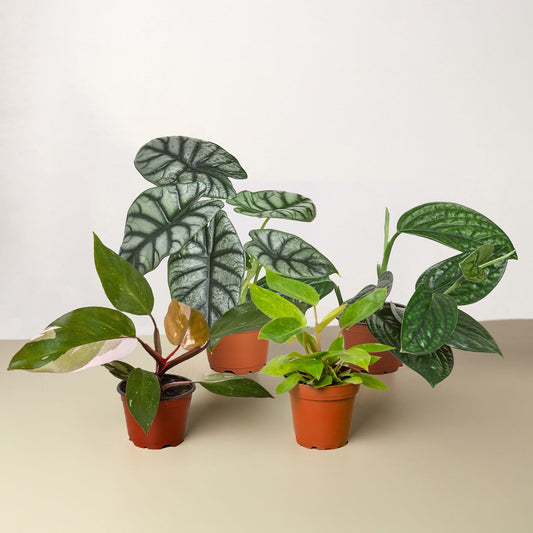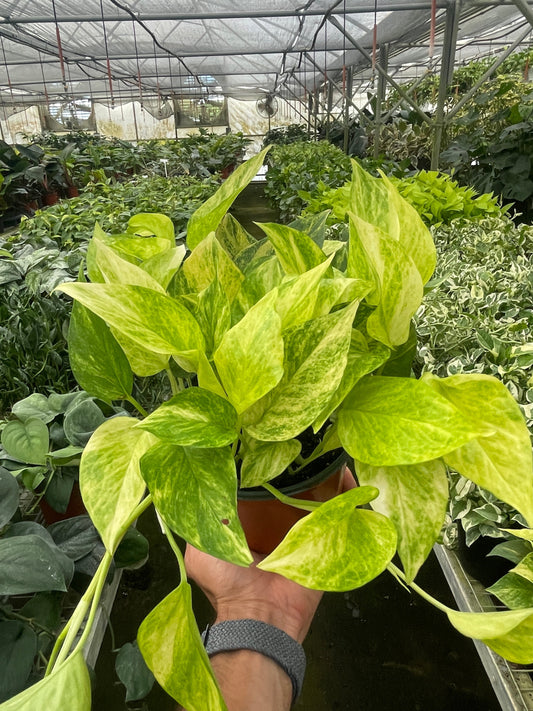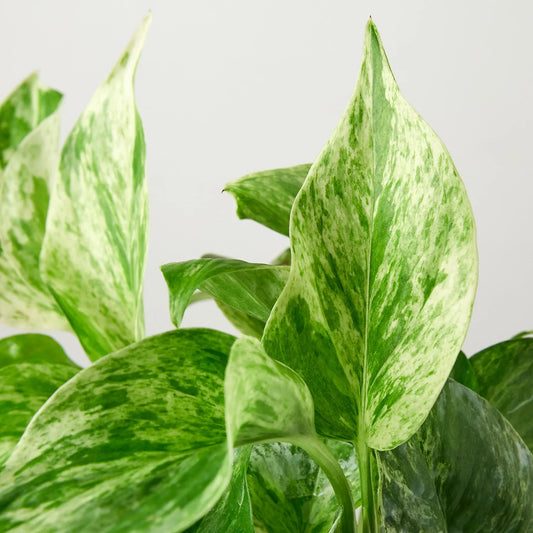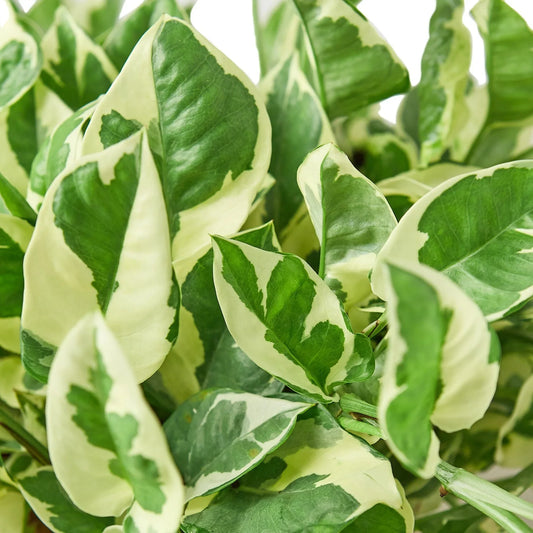How to Grow a Money Tree From Seed
Cafe Planta Team
Growing a money tree from seed is like embarking on a little adventure right in your living room. Not only do you get to watch a new life sprout and grow, but you also get to enjoy the beauty and positive vibes these plants are known to bring. If you’ve been curious about starting this journey, you’re in the right place.
This article will take you through each step of the process, from getting the right seeds to nurturing your money tree into a thriving part of your home. We’ll cover planting tips, watering schedules, and even how to tackle any pesky problems that might pop up along the way. So, let’s get started!
Choosing the Right Seeds
The first step in growing a money tree is selecting the right seeds. Money trees, or Pachira aquatica, are native to Central and South America, and they need specific conditions to germinate. When purchasing seeds, make sure they are fresh and from a reputable source. Fresh seeds have a higher chance of germinating and producing a healthy plant.
Here are some tips for choosing the right seeds:
- Source: Look for seeds from a trusted nursery or online store with good reviews.
- Appearance: Fresh seeds should be firm and plump. Avoid seeds that look shriveled or damaged.
- Packaging: Ensure the seeds are stored in a cool, dry place and are well-packaged to prevent moisture and damage.
Once you've got your seeds, you're ready for the next step: preparing them for planting.
Preparing Your Seeds for Planting
Before planting, it's a good idea to soak your seeds. Soaking helps soften the outer shell, making it easier for the seed to germinate. Fill a bowl with lukewarm water and place the seeds in it, letting them soak for about 24 hours. This step can significantly improve germination rates.
While your seeds are soaking, take some time to prepare your planting materials. You’ll need:
- A small pot with drainage holes
- Seed-starting soil or a light potting mix
- Plastic wrap or a small plastic bag
With your seeds prepped and your materials ready, you're all set to plant.
Planting Your Money Tree Seeds
Now comes the exciting part: planting your seeds! Start by filling your pot with the seed-starting soil, leaving about an inch of space at the top. Gently press a seed into the soil, about half an inch deep, and cover it lightly. If you're planting more than one seed, space them about 2-3 inches apart.
After planting, water the soil lightly until it's moist but not soggy. Cover the pot with plastic wrap or a plastic bag to create a mini greenhouse effect, which helps retain moisture and warmth—important factors for germination. Place the pot in a warm spot with indirect sunlight.
Be patient, as germination can take a few weeks. During this time, keep the soil moist by misting it with water if it starts to dry out. Avoid overwatering, as this can lead to rot.
Caring for Your Seedlings
Once your seeds sprout, it's time to focus on caring for the seedlings. Remove the plastic cover and place the pot in a location with bright, indirect sunlight. Direct sunlight can be too intense for young plants and might cause the leaves to scorch.
Water the seedlings regularly, keeping the soil consistently moist but not waterlogged. Money trees appreciate humidity, so consider placing a humidifier nearby or setting the pot on a tray filled with pebbles and water to increase moisture in the air.
As your seedlings grow, you might notice them reaching for light. Rotate the pot every few days to ensure even growth and prevent the plant from becoming lopsided.
Transplanting Your Money Tree
When your seedlings have grown a few inches tall and developed a strong root system, it’s time to transplant them into a larger pot. Choose a pot that’s about 1-2 inches wider than the current one to give the roots space to expand.
Here’s how to transplant your money tree:
- Prepare the New Pot: Fill the new pot with a well-draining potting mix, leaving enough space for the root ball.
- Gently Remove the Seedling: Carefully tip the original pot and slide the plant out, supporting the base of the stem and the root ball.
- Replant: Place the seedling in the new pot and fill in with soil, firming it gently around the base.
- Water Thoroughly: Water the plant well to help settle the soil and eliminate air pockets.
After transplanting, continue to care for your money tree with regular watering and indirect sunlight.
Watering and Fertilizing
Proper watering is crucial for a healthy money tree. Overwatering or underwatering can harm your plant, so it’s important to find a balance. Generally, water your money tree when the top inch of soil feels dry to the touch. Ensure the pot has good drainage to prevent water from sitting at the bottom.
As for fertilizing, use a balanced, water-soluble fertilizer every month during the growing season (spring and summer). Dilute the fertilizer to half the recommended strength to avoid overfeeding, which can damage the roots.
Dealing with Common Pests and Problems
Even the best-kept money trees can encounter pests or problems. Common pests include spider mites, mealybugs, and aphids. If you spot these tiny invaders, try wiping the leaves with a damp cloth or using a gentle insecticidal soap to keep them at bay.
If your money tree’s leaves start turning yellow or brown, it’s often a sign of overwatering or underwatering. Adjust your watering schedule accordingly. Droopy leaves can also indicate a lack of humidity, so consider increasing the humidity around your plant.
Remember, it’s normal for plants to shed a few leaves as they grow. However, if you notice significant leaf drop, it might be worth reevaluating your care routine.
Pruning and Shaping Your Money Tree
Pruning helps maintain the shape and health of your money tree. Trim off any dead or damaged leaves using clean, sharp scissors or pruning shears. This encourages new growth and helps prevent disease.
If you want a fuller, bushier plant, prune the tips of the branches. This process, known as pinching, encourages the plant to produce more branches and leaves.
Don’t be afraid to shape your money tree to fit your space. With regular pruning, you can encourage a balanced, aesthetically pleasing growth pattern.
Incorporating Your Money Tree into Your Interior Design
Your money tree can be more than just a plant—it can be a key player in your home’s interior design. With its lush green leaves and unique braided trunk, it adds a touch of nature and elegance to any room.
Here are a few ideas for incorporating your money tree into your decor:
- Focal Point: Use the money tree as a focal point in your living room or office. Its distinctive shape and vibrant foliage naturally draw the eye.
- Grouping with Other Plants: Create a mini indoor jungle by grouping your money tree with other houseplants of varying heights and textures.
- Stylish Planters: Choose a decorative pot or planter that complements your room’s color scheme and style.
Remember, the best way to display your money tree is one that reflects your personal style and makes you happy every time you see it.
Final Thoughts
Growing a money tree from seed is a rewarding and enjoyable project that brings a piece of nature into your home. By selecting the right seeds, providing proper care, and incorporating your plant into your decor, you’ll have a thriving money tree to enjoy for years to come.
At Cafe Planta, we’re passionate about helping you bring the joy of plants into your life. Whether you’re looking for the perfect addition to your collection or need guidance on plant care, we’re here to help. Connect with us through email or Instagram, and let’s grow together.



















